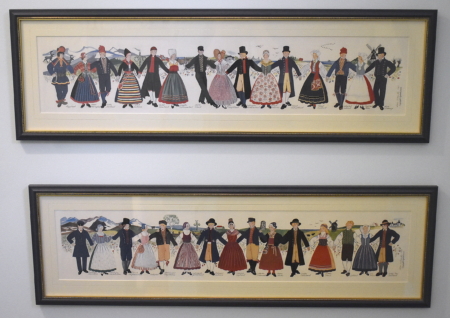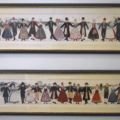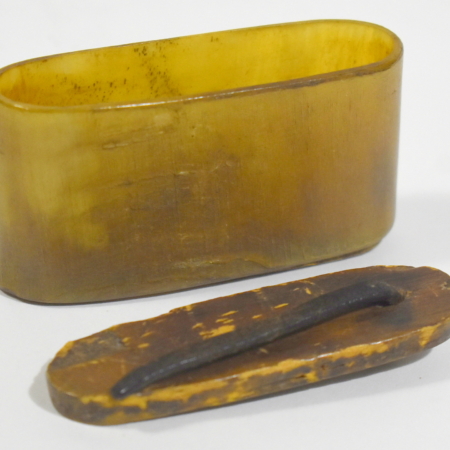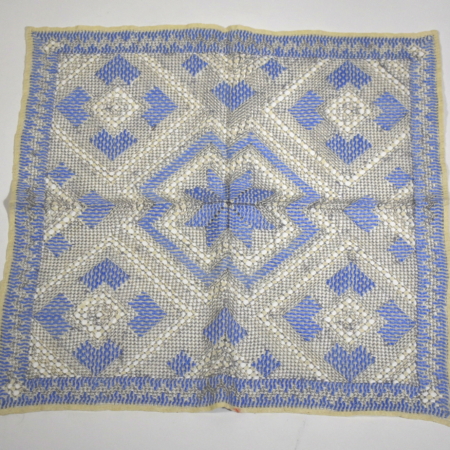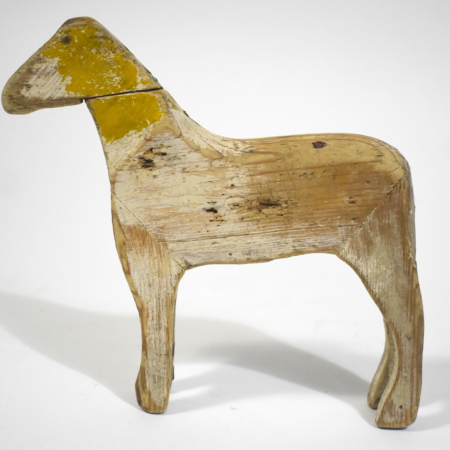Paintings Showing Swedish Folkdräkt (Folk Dress)
This pair of paintings show Swedish Folkdräkt (folk dress) from north to south. These paintings are displayed in the Welcome House (Valkommen Hus) at the museum.
The website continues, “In certain areas such as the province of Dalarna, famous for its preserving old traditions, which have disappeared in other areas of Sweden, this form of dress was in use far into the present 20th century. ‘Folkdräkt’ is the costume they used in church and on festive occasions. The term Folkdräkt includes the clothing they used in their work in the fields and meadows, in the kitchen and barns, in winter as well as summer.”
Throughout Sweden, around 1950, “the use of distinctive local clothing died out. Free-trade was legalized in the countryside. Land-holdings were redistributed and the compact villages were split up into individual farms. The distance between houses became greater, and it became more difficult to keep track of neighbors.”
“Peasants began to imitate the fashions used by the ‘better folk.’ And ironically, during this national romantic era, those ‘better folk’ began to dress up as peasants.”

